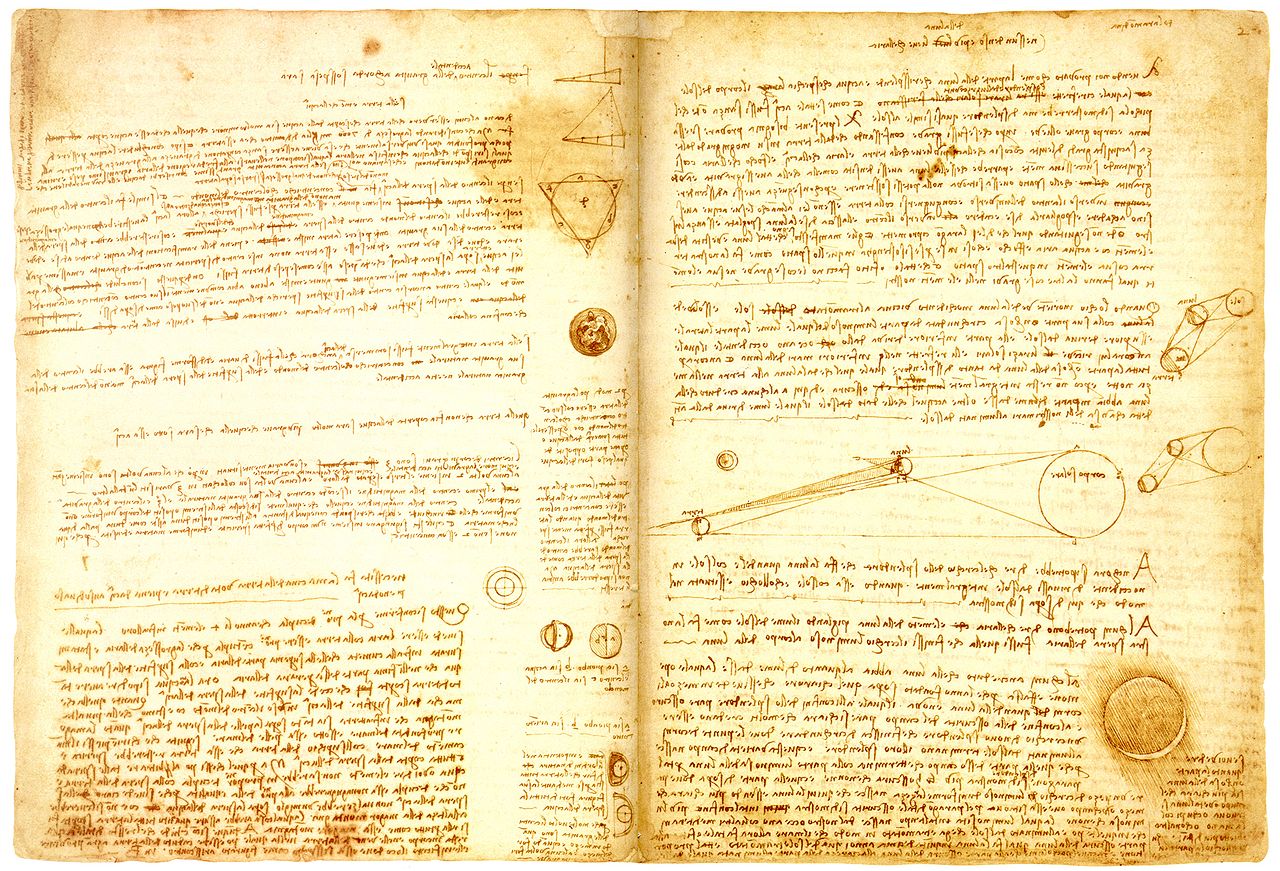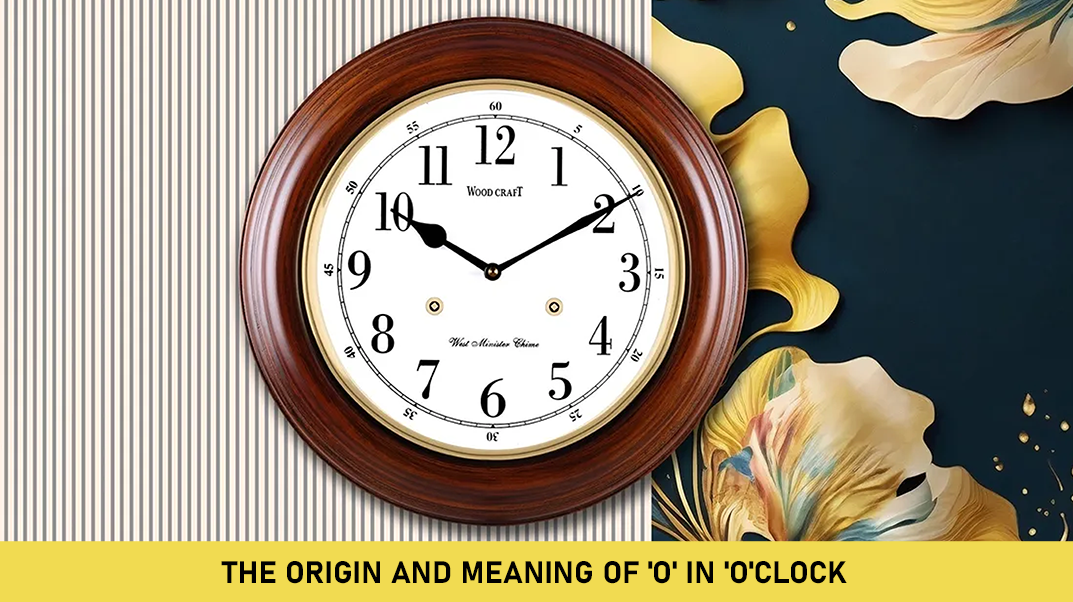The Renaissance Masterpiece: The Codex Leicester by Leonardo da Vinci
The Codex Leicester, also known as the Codex Hammer after its previous owner, is one of the most famous scientific journals in history. It was created by the polymath Leonardo da Vinci between 1508 and 1510, during the Renaissance period. Named after Thomas Coke, the Earl of Leicester, who acquired it in the 18th century, the Codex Leicester is a remarkable testament to da Vinci’s insatiable curiosity and his groundbreaking ideas across various disciplines.
This manuscript is not a conventional book in the sense we understand today. It’s a collection of Leonardo’s scientific observations, theories, and sketches, written in his characteristic mirror writing. The topics covered in the Codex Leicester range from astronomy and cosmology to hydrodynamics, geology, and paleontology. Da Vinci’s keen observations of nature and his visionary ideas are evident throughout the pages.
One of the most striking features of the Codex Leicester is its exploration of water, a subject that fascinated da Vinci throughout his life. He delves into the behavior of water, its movement, and its role in shaping the Earth’s surface. His studies of rivers, streams, and the motion of waterfalls demonstrate his acute powers of observation and his understanding of fluid dynamics, centuries ahead of his time.
In addition to water, the Codex Leicester contains da Vinci’s speculations on the nature of celestial bodies and the cosmos. He pondered the possibility of life on other planets, discussed the nature of light and shadow, and proposed theories about the formation of fossils and geological strata.
Despite its age, the Codex Leicester remains a source of inspiration for scientists, artists, and historians alike. Its pages offer a glimpse into the mind of one of history’s greatest geniuses, a man who was equally skilled in art and science. Through his meticulous observations and visionary ideas, Leonardo da Vinci continues to influence our understanding of the world around us, reminding us of the timeless value of curiosity and exploration.



